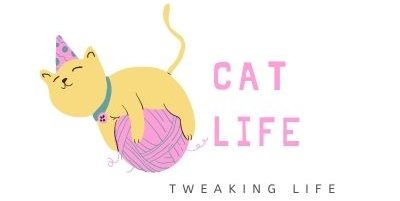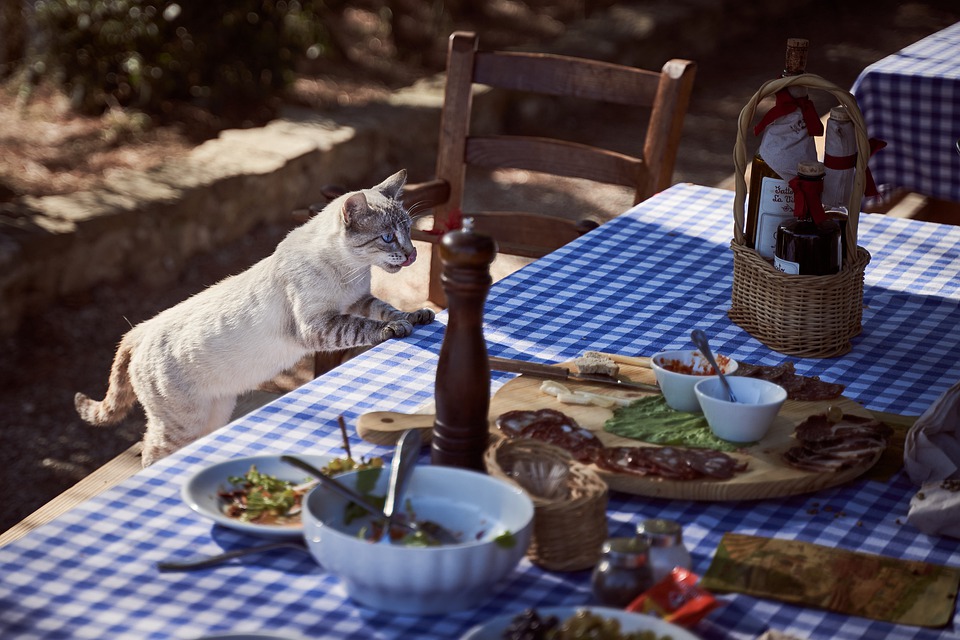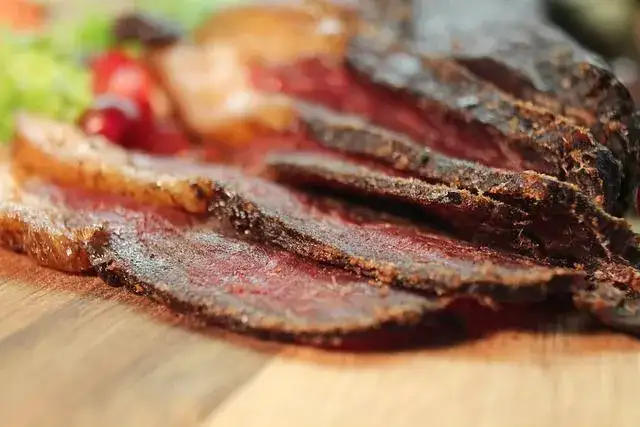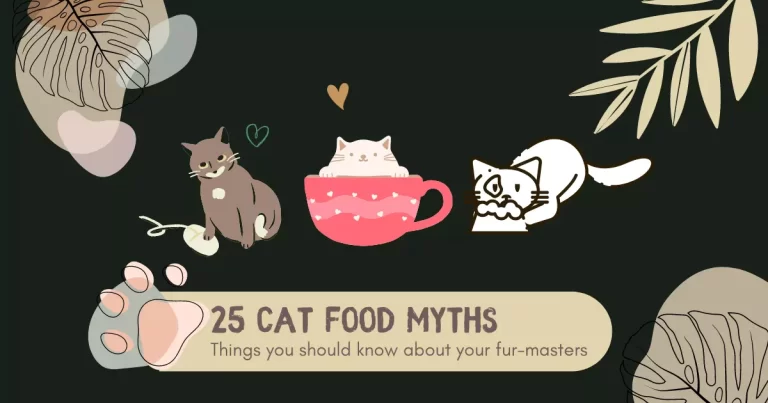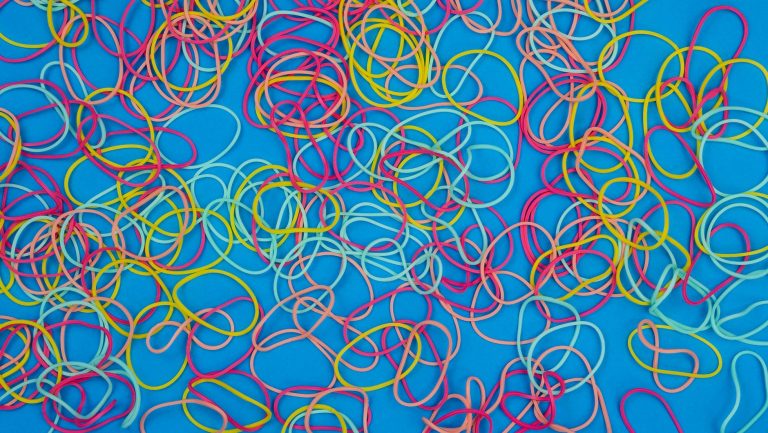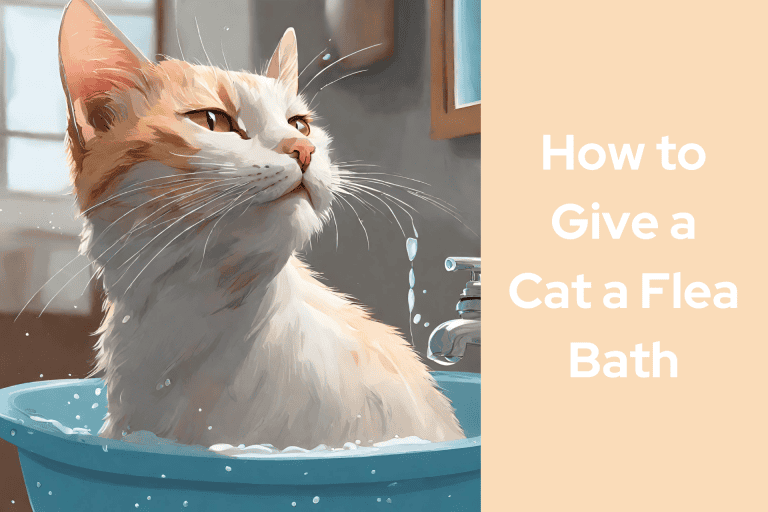What Vegetables Can Cats Eat Raw? 21 Vegetables Safe For Cats
What vegetables can cats eat raw?
This is a question that nearly every cat owner has asked themselves, and most have likely answered “yes” for the answer before. However, as with many things in life the answer can vary depending on who you ask.
So let’s break down this controversial topic one piece at a time:
Can cats eat raw vegetables?
Raw vegetables are a healthy and nutritious option for cats. They are packed with vitamins, minerals, and fiber that can help keep your cat healthy. Feeding your cat raw vegetables can also help promote dental health by scrubbing away plaque and tartar from their teeth.
What are the benefits of feeding cats raw vegetables?
1. Raw vegetables are packed with nutrients that are essential for cats, including vitamins, minerals, antioxidants, and fiber.
2. Feeding cats raw vegetables can help boost their immune system, improve digestion, and reduce the risk of obesity and other health problems.
3. They are also a great source of hydration for cats since they contain a high water content.
4. Feeding raw veggies to your cat can also be a fun and enriching experience for them as they get to explore new textures and flavors.
What vegetables can cats eat raw?
1. Carrots
Yes, cats can eat carrots. They are an excellent source of Vitamin A, which is essential for cats’ vision and immune system health. This orange veg is also a good source of fiber, which can help with digestive health.
How to prepare:
Carrots can be given to cats whole, or cut into small pieces. If you’re giving them whole carrots, make sure they’re washed and peeled first.
I however prefer giving my cat sliced carrots to minimize the risk of choking.
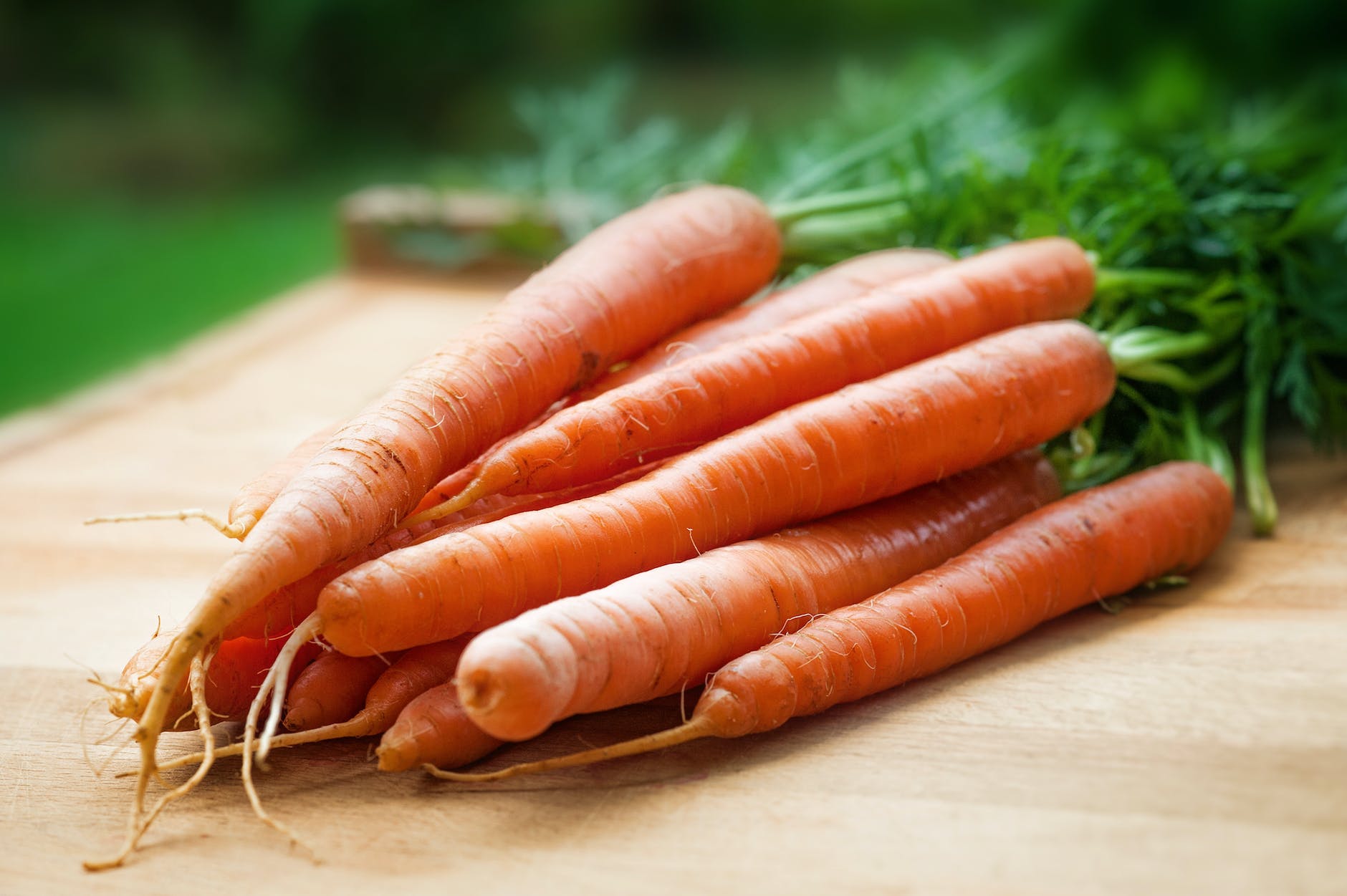
2. Celery
Cats can eat celery as it is a good source of vitamins A, C, and K, and also contains folate, potassium, and manganese. It’s low in calories but high in water content, making it a great choice for cats who need to lose weight.
Celery benefits:
Celery is a good source of fiber, which can help to keep your cat’s digestive system healthy. It’s also a natural diuretic, so it can help to prevent urinary tract infections.
Celery dangers:
While celery is generally safe for cats to eat, there are a few things to be aware of. The stringy part of the celery stalk can get caught in your cat’s teeth or throat, so it’s best to remove this before feeding celery to your cat.
Also, avoid giving your cat celery that has been treated with pesticides or herbicides.
3. Cucumbers
Cucumbers are a good source of vitamins K and C, as well as potassium. They also contain small amounts of other nutrients, including magnesium, manganese, and copper.
Cucumber benefits:
Cucumbers have a number of health benefits. They’re hydrating, low in calories, and a good source of nutrients for your furry friend. Additionally, they may help promote weight loss, lower blood sugar levels, and reduce inflammation.
Cucumber dangers:
While cucumbers are generally safe for cats to eat, there are a few potential dangers to be aware of. First, cucumbers may contain harmful bacteria that can cause food poisoning.
Secondly, the seeds and skin of cucumbers can be choking hazards for cats. Finally, some cats may be allergic to cucumbers.
If your cat experiences any adverse reaction after eating cucumbers, such as vomiting or diarrhea, it’s best to consult with a veterinarian
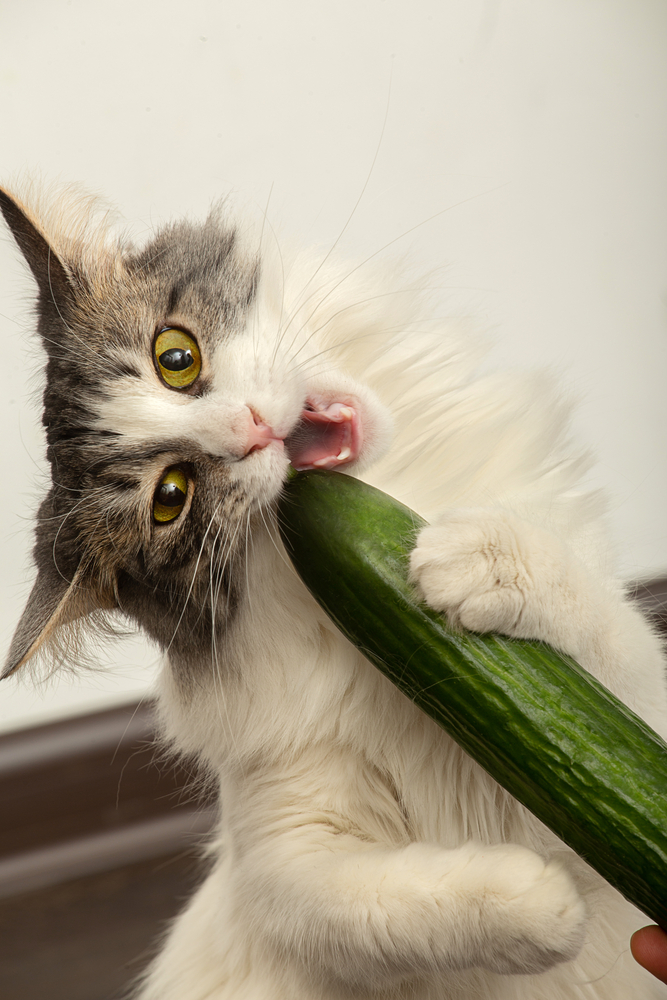
4. Green beans
Green beans are an excellent source of vitamins A, C, and K, as well as fiber and manganese. They also contain small amounts of protein, calcium, phosphorus, and potassium.
How to prepare:
Green beans can be fed to cats either cooked or raw. If feeding them raw, it’s best to chop them into small pieces to make sure your cat doesn’t choke on them.
You can also cook the green beans until they’re soft before feeding them to your cat.
5. Peas
Cats can safely eat peas as they are a good source of vitamins A, B, C, and K. They also contain minerals like iron, calcium, and phosphorus.
Additionally, peas are also high in fiber which can help your furry friend with digestion and hairballs. They are also rich in antioxidants which can help boost the immune system.
Cautions:
If your cat is diabetic, peas may not be the best choice as they do contain carbohydrates. Consult with your veterinarian first.
6. Spinach
Yes, it is safe for cats to eat spinach in moderation. The benefits of spinach for cats include being a good source of vitamins A, C, and K, as well as iron and magnesium.
How to prepare:
When feeding your cat spinach, it is important to wash the leaves thoroughly to remove any dirt or pesticides. You can then chop the leaves into small pieces or feed them whole.

7. Broccoli
Cats can safely eat broccoli as it is an excellent source of vitamins A, C, and K. It also contains fiber, potassium, and magnesium.
How to prepare:
Wash broccoli thoroughly. Cut off the florets and stem. Cook in boiling water for 3-5 minutes. Remove from heat and let cool before serving your cat.
8. Potatoes
Yes, cats can safely eat potatoes. They are an excellent source of vitamins C and B6, as well as minerals such as potassium and manganese. They’re also a good source of dietary fiber.
How to prepare:
When feeding your cat potatoes, it’s important to cook them first. Boil or bake the potatoes until they’re soft, then mash or chop them into small pieces. Avoid adding any salt, butter, or other seasonings.
Cautions:
While potatoes are generally safe for cats to eat, there are a few things to keep in mind. First, green potatoes contain solanine, a compound that can be toxic in large amounts. So be sure to avoid feeding your cat any green potatoes.
Second, if your cat has diabetes or is overweight, potatoes may not be the best choice due to their high carbohydrate content. Talk to your veterinarian about whether potatoes are right for your cat’s diet.
9. Lettuce
Yes, it is safe for cats to eat lettuce. The veg is rich in Vitamins C, K, and folate. It also has minerals like calcium, phosphorus, potassium, magnesium, and iron.
Additionally, lettuce is rich in fiber which is beneficial to your cat’s digestive system.
How much to give:
A small amount of lettuce as a treat is fine, but too much can cause digestive upset.
10. Asparagus
Cats can safely eat asparagus as long as it is in moderation. The veg is a low-calorie food. It is a good source of dietary fiber, and vitamins A, C, E, and K. Asparagus also contains folate, iron, and potassium.
How to prepare asparagus for cats:
If you do decide to give your cat asparagus, it is important to prepare it properly. Wash the spears thoroughly and cut them into small pieces before serving.
You can steam or boil the asparagus before feeding it to your cat, but make sure not to add any salt or other seasonings.

11. Cauliflower
Cauliflower is safe for cats to eat. The veg is a good source of fiber, vitamins C and K, and folate. It also contains a compound called glucosinolate, which has been shown to have cancer-fighting properties.
Cauliflower can help to improve digestion, lower cholesterol levels, and prevent certain types of cancer. It may also boost the immune system and protect against inflammation.
Cauliflower dangers:
While cauliflower is generally safe for cats to eat, there are a few potential dangers to be aware of. Some cats may experience digestive upset after eating cauliflower, so it’s best to introduce it slowly into their diet.
Cauliflower also contains goitrogens, which can interfere with the thyroid gland’s ability to function properly. If your cat has thyroid problems, you should talk to your veterinarian before giving them cauliflower.
12. Kale
Yes, kale is safe for cats to eat and is in fact, it’s a great source of vitamins and minerals. The green veg is a nutrient-rich food that can offer many benefits for your cat.
For example, the vitamin A in kale can help keep your cat’s coat healthy. The vitamin C can help boost your cat’s immune system, while vitamin K can help with blood clotting. The fiber in kale can also help with digestion.
How to prepare:
You can give your cat kale raw or cooked. If you’re giving it raw, you’ll want to chop it up into small pieces so they can easily eat it.
If you’re cooking it, you can steam or sauté the kale before serving it to your cat.

13. Sweet Potatoes
Cats can eat sweet potatoes sweet potatoes. They are an excellent source of dietary fiber, vitamins A, C, and B6, and manganese. The veg also contain smaller amounts of potassium, copper, and vitamin B1.
How to prepare:
Wash the sweet potato thoroughly. Peel it if you wish, but it’s not necessary. Cut the sweet potato into small pieces that your cat can easily eat.
14. Pumpkin
Pumpkin is a low-calorie food that’s rich in nutrients like fiber, vitamin A, and potassium. All of these things can be beneficial for your cat’s health.
For example, the fiber in pumpkin can help with digestive issues, while vitamin A is good for vision and skin health.
Cautions:
While pumpkin is generally safe for cats, there are a few things to keep in mind. First, make sure you don’t give your cat canned pumpkin, raw pumpkin or pumpkin pie filling (which contains sugar and other ingredients that aren’t good for cats).
Second, only give your cat a small amount at first to see how they react – too much could cause digestive upset.
15. Zucchini
Zucchini is a healthy vegetable for cats. The veg is packed with minerals like potassium, magnesium and phosphorus. It is low in calories and fat, and high in fiber.
How to prepare Zucchini for cats:
Zucchini can be given to cats raw or cooked. If you give it to them raw, make sure to wash it thoroughly first. You can also cook the zucchini before giving it to your cat.
16. Corn

Cats can eat corn, and it is generally considered to be safe for them. This veggie is high in fiber and nutrients like vitamin C and magnesium.
It also contains lutein, which is good for eye health. While there isn’t any definitive evidence that feeding cats corn has health benefits, it certainly can’t hurt!
Cautions:
However, there are a few things to keep in mind. First, corn is not a natural part of a cat’s diet. Therefore, it should only be given in small amounts as a treat.
In addition, if your cat has diabetes or another condition that requires them to limit their intake of carbohydrates, you should avoid giving them corn as it is high in carbs.
Finally, always make sure the corn you give your cat is cooked; raw corn can be hard for them to digest.
17. Squash
Cats can safely eat squash in moderation. There are many types of squash, but the most common ones are:
Pumpkin: A popular type of squash that is often used in pies and other desserts. It is also a common ingredient in cat food.
Butternut squash: A type of winter squash that has a sweet, nutty flavor. It is often used in soups and stews.
Acorn squash: A type of winter squash that has a slightly sweet, nutty flavor. It is often used in pies and other desserts.

18. Tomatoes
Cats can eat tomatoes but in small quantities. They are an excellent source of vitamins A and C, as well as potassium. They also contain lycopene, which is a powerful antioxidant.
Eating tomatoes can help to improve your cat’s vision and immune system. Lycopene is also believed to have cancer-fighting properties.
Cautions:
Cats should not eat the leaves or stems of tomatoes, as they contain small amounts of poisonous alkaloids. The seeds should also be avoided, as they can cause digestive upset.
19. Bell peppers
Cats can safely eat bell peppers. They are an excellent source of vitamins A and C, two essential nutrients for cats. The veg also contains a good amount of fiber, which can help with digestion.
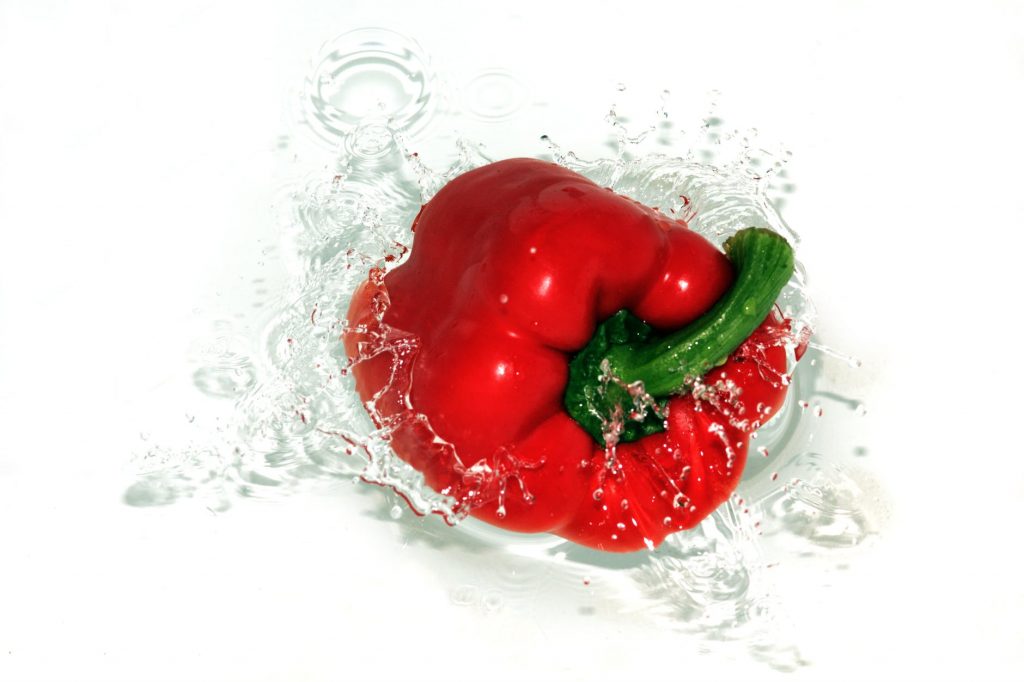
20. Cabbage
Cabbage is a safe veg for your cat and your furry bestie can safely eat it without any issue. The veg is a low-calorie food and is an excellent source of vitamins C and K. It also contains a good amount of fiber.
Additionally, it can help to lower cholesterol, blood pressure, and the risk of some cancers. It is also thought to boost the immune system and improve digestion.
Cabbage dangers:
While cabbage is generally safe for cats to eat, there are a few potential dangers to be aware of. Cabbage leaves can cause intestinal blockages if swallowed whole, so it’s important to chop them up before feeding them to your cat.
Cabbage also contains goitrogens, which can interfere with the thyroid gland’s ability to produce hormones. However, this is only a concern if your cat eats large amounts of cabbage on a regular basis.
21. Brussels Sprouts
Cats can safely eat Brussels Sprouts. The veg is a good source of dietary fiber which can help your furry bestie with digestion. They also pack vitamins such as A and K as well as minerals potassium and magnesium.
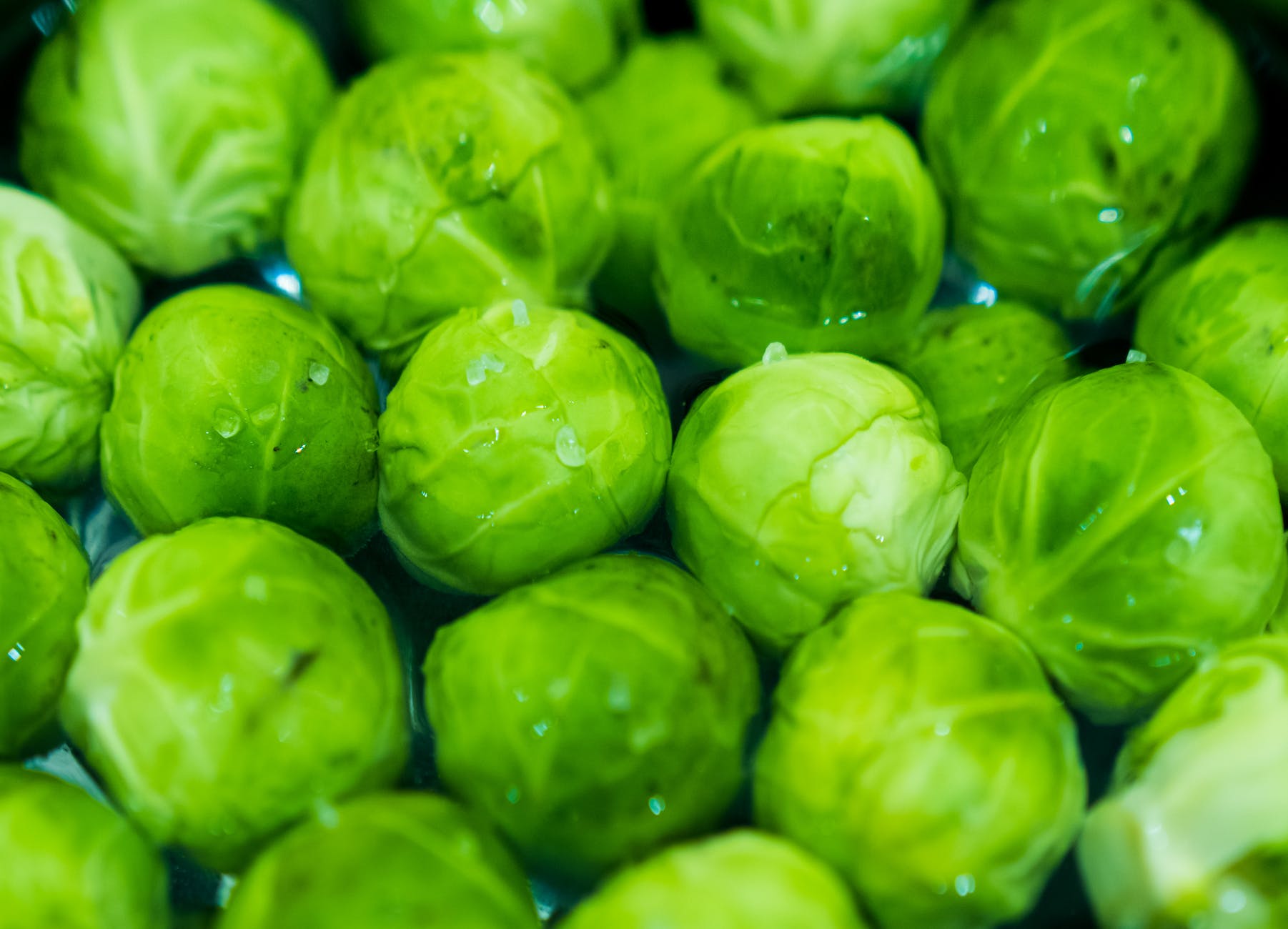
Which vegetables are toxic to cats?
Nightshade vegetables are toxic to cats
Nightshade vegetables are a type of vegetable that contains a toxic chemical called solanine. These vegetables include tomatoes, potatoes, eggplants, and peppers.
Cats are especially sensitive to solanine and chaconine, and even ingesting small amounts can lead to toxicity.
What are the symptoms of toxicity:
Symptoms of toxicity include gastrointestinal upset, vomiting, diarrhea, weakness, tremors and seizures. In severe cases, solanine and chaconine poisoning can be fatal.
If your cat ingests any of these vegetables, it is important to seek veterinary care immediately.
Allium vegetables are toxic to cats
Allium is a genus of flowering plants that includes onions, garlic, chives, and leeks. Allium vegetables contain compounds that are toxic to cats.
What are the symptoms of allium toxicity in cats:
Allium toxicity in cats can cause gastrointestinal upset, including vomiting and diarrhea. In severe cases, allium toxicity can lead to anemia and death.

How can I introduce raw vegetables into my cat’s diet?
1. Choose the right vegetables.
2. Cut the vegetables into small pieces.
3. Add the vegetables to your cat’s food bowl.
4. Monitor your cat’s reaction to the new food.
As with any new food, it’s important to introduce raw vegetables slowly and in small amounts at first, monitoring your cat’s reaction carefully
Are there any risks associated with feeding cats raw vegetables?
The biggest risk associated with feeding cats raw vegetables is the potential for them to choke on them. Raw vegetables can be hard for cats to chew and may pose a choking hazard.
In addition, some raw vegetables may contain harmful bacteria that can cause food poisoning in cats.
How much raw vegetables should I feed my cat?
The amount of raw vegetables you feed your cat will depend on their age, size, and activity level. Kittens and adult cats need about 2-4 ounces of vegetables per day. Senior cats may only need 1-2 ounces per day.
Frequency:
You can feed your cat raw vegetables as often as you like, but we recommend starting once or twice a week. If your cat enjoys the vegetables and doesn’t have any digestive issues, you can increase the frequency to daily or every other day.
Benefits:
Raw vegetables are a great source of vitamins, minerals, and fiber for cats. They can help improve digestion, prevent constipation, and keep your cat’s teeth clean and healthy. Raw veggies can also be a low-calorie treat for cats who are trying to lose weight.
Cautions:
Some cats may be allergic to certain raw veggies (such as broccoli or cabbage). If you notice your cat having any adverse reaction after eating raw veggies (such as vomiting or diarrhea), discontinue feeding them immediately and consult your veterinarian.
What are the signs that my cat is not tolerating raw vegetables well?
If your cat starts to show any of the following signs after eating raw vegetables, it’s likely that they’re not tolerating them well:
- Vomiting
- Diarrhea
- Lethargy
- Loss of appetite
- Weight loss
If you see any of these signs, stop feeding your cat raw vegetables and consult your veterinarian. They will be able to help you determine the cause of the problem and find a solution that works for your cat.
Can Cats Eat Fruits?
Cats are obligate carnivores, which means that their bodies are designed to digest and use only animal-based proteins. However, this doesn’t mean that cats don’t like the occasional fruits or vegetables. In fact, many cats enjoy eating fruits and vegetables as a treat.
There are a few fruits that are safe for cats to eat. These include:
-Apples (without the seeds)
-Bananas
-Blueberries
– Cherries
Frequently Asked Questions
How many vegetables can I give my cat?
As a general rule of thumb, you should aim to give your cat around 1/2 cup of chopped vegetables per day. This can be divided into two or three meals throughout the day.
The amount of vegetables you give your cat will depend on their age, size, and activity level. Kittens and senior cats may need less than adult cats. Indoor cats may also need less than outdoor cats.
If you’re unsure how much to give, always start with a smaller amount and increase it gradually over time. You can also speak with your veterinarian for specific recommendations.
Which Vegetables Are Best for Cats?
There are many different types of vegetables that can be good for cats. Some of the most nutritious options include: broccoli, carrots, sweet potatoes, spinach, kale, and peas. These vegetables are all packed with essential vitamins and minerals that can help keep your cat healthy.
When choosing vegetables for your cat, it’s important to avoid those that are high in sugar or sodium. These can be harmful to cats and can cause digestive problems.
You should also avoid giving your cat raw vegetables, as these can be hard to digest. Instead, cook them lightly or chop them into small pieces before feeding them to your cat.
Are vegetables good for cats?
There are some benefits to feeding your cat vegetables. Vegetables can provide essential vitamins and minerals that may be lacking in a purely meat-based diet.
They can also help to bulk up stools, making them easier to pass. And some vegetables contain compounds that can help to boost immunity or protect against certain diseases.
Of course, there are also some risks associated with feeding vegetables to cats. Some veggies can cause digestive upset, and others may not be properly digested by a cat’s intestines. So it’s important to choose the right type of vegetable for your cat and to introduce it slowly into their diet.
In general, cooked or canned vegetables are safer for cats than raw ones. And it’s always best to consult with your veterinarian before making any major changes to your cat’s diet.
Can cats eat vegetables every day?
It is not necessary for cats are obligate carnivores. This means that their bodies are designed to digest and use only animal-based proteins.
However, this doesn’t mean that cats can’t eat vegetables at all. While they may not get all the nutrients they need from plant foods, a small amount of veggies in your cat’s diet is generally considered safe.
Can I give my cat too much vegetable?
First, it’s important to note that there is no set amount of vegetables that is “too much” for all cats. Each cat is different and will tolerate different amounts of vegetables in their diet. That said, there are some general guidelines you can follow.
As a general rule of thumb, you should aim to feed your cat around 10% vegetables by volume (i.e., if you’re feeding them one cup of food per day, around 1/8 cup of that should be vegetables).
You can increase or decrease this amount depending on your cat’s individual preferences and needs. For example, if your cat is overweight, you may want to feed them less than 10% veggies so they don’t consume too many calories.
Conversely, if your cat has a sensitive stomach, you may want to increase the amount of veggies in their diet to help them digest their food better.
Consequences of feeding your cat too many vegetables.
The most common is gastrointestinal upset, which can cause vomiting and diarrhea. If your cat eats too many vegetables, they may also develop nutrient deficiencies, since their bodies are not designed to efficiently extract nutrients from plants.
In severe cases, these deficiencies can lead to health problems like anemia or liver disease.
Overall, it’s important to feed your cat a balanced diet that includes both animal-based proteins and some healthy vegetables.
